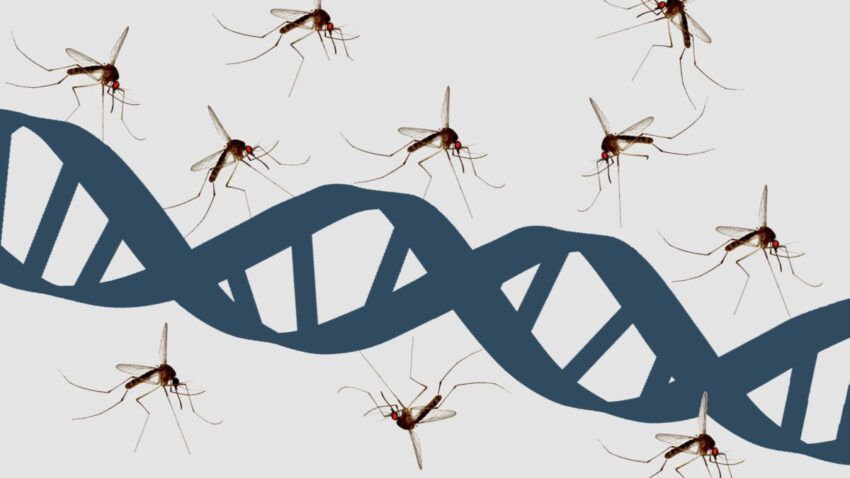
Authors: Kalpana Rengarajan, PhD; Rashida Moore, DVM, DACLAM
Gene drives refer to genetic elements that skew the pattern of inheritance of a given characteristic in sexually reproducing organisms. They can be used to spread a characteristic that can alter or even reduce the numbers of individuals in wild populations of a certain species. As they spread by being inherited from one generation to the next, they could persist in populations long-term. The spreading property of gene drives could be a source of great potential in areas as diverse as the control of disease vectors, e.g. mosquito populations that causes malaria, invasive species, agricultural pests and predators of endangered species, etc. However, the same property may make containment challenging and therefore may also pose novel environmental risks. The evaluation, distribution of risks and benefits and the fact that gene drives may be viewed as a particularly profound interference with nature raises further novel ethical considerations.
Even though gene drive technology addresses global problems in health, agriculture, and conservation, its capacity to alter wild populations outside of the laboratory demands caution in its use. Researchers working with self-propagating pathogens must prevent these agents from escaping containment to the outside environment. Similarly, it is equally important for research personnel working with gene drive constructs in the laboratory, ensure these constructs are contained within the laboratory. The National Institutes of Health (NIH) has recently published guidelines requiring that Institutional Biosafety Committees (IBCs) should approve such experiments involving gene drive technology only after performing a risk benefit analysis. Risk assessments must take into consideration the function/intended function of the gene drive construct, modifications to the genetic material, possible consequences of escape into the environment, as well as ability of the gene drive to persist or spread in the population. The NIH does not currently support field release of gene drive modified organisms (GDMOs) and the NIH Guidelines pertain to contained research. The Emory Environmental Health and Safety Office (EHSO) IBC reviews and evaluates all research activities, including those that could potentially include GDMOs to ensure potential risks are addressed. This includes confirming that appropriate training is completed, personal protective equipment, practices, and procedures are in place in order for the research to be conducted in a safe, responsible manner.
Please contact Research Safety in the Environmental Health and Safety Office for further information on Gene Drive safety at biosafe@emory.edu or krengar@emory.edu.